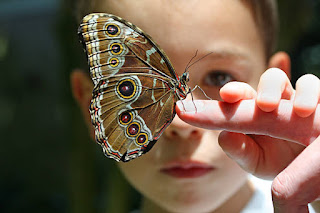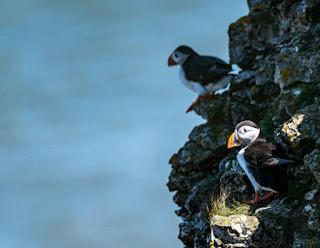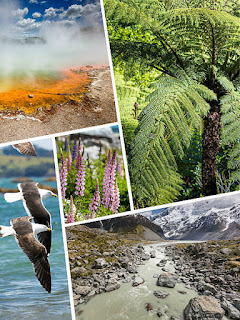Unearth the Beauty of Nature and its Creatures

Nature’s beauty is captivating and has the power to take your breath away. From stunning landscapes to an abundance of wildlife, there is no shortage of natural wonders to explore and appreciate. Whether you’re a nature lover or an outdoor enthusiast, taking the time to appreciate the beauty of nature and its creatures can be a rewarding experience. Meandering: One of the best ways to unearth the beauty of nature and its creatures is to go for a hike. Meandering through the wilderness gives you the opportunity to observe nature in its natural habitat. Take the time to look around and take in all the colors, shapes, and sounds of nature. Whether you’re in the mountains, the desert, or the rainforest, you’ll be in awe of the many wonders of nature. Bird Watching: Another way to explore the beauty of nature and its creatures is to go bird watching. This activity gives you the opportunity to observe a variety of bird species in their natural environment. From woodpeckers to hummingbirds, ...




